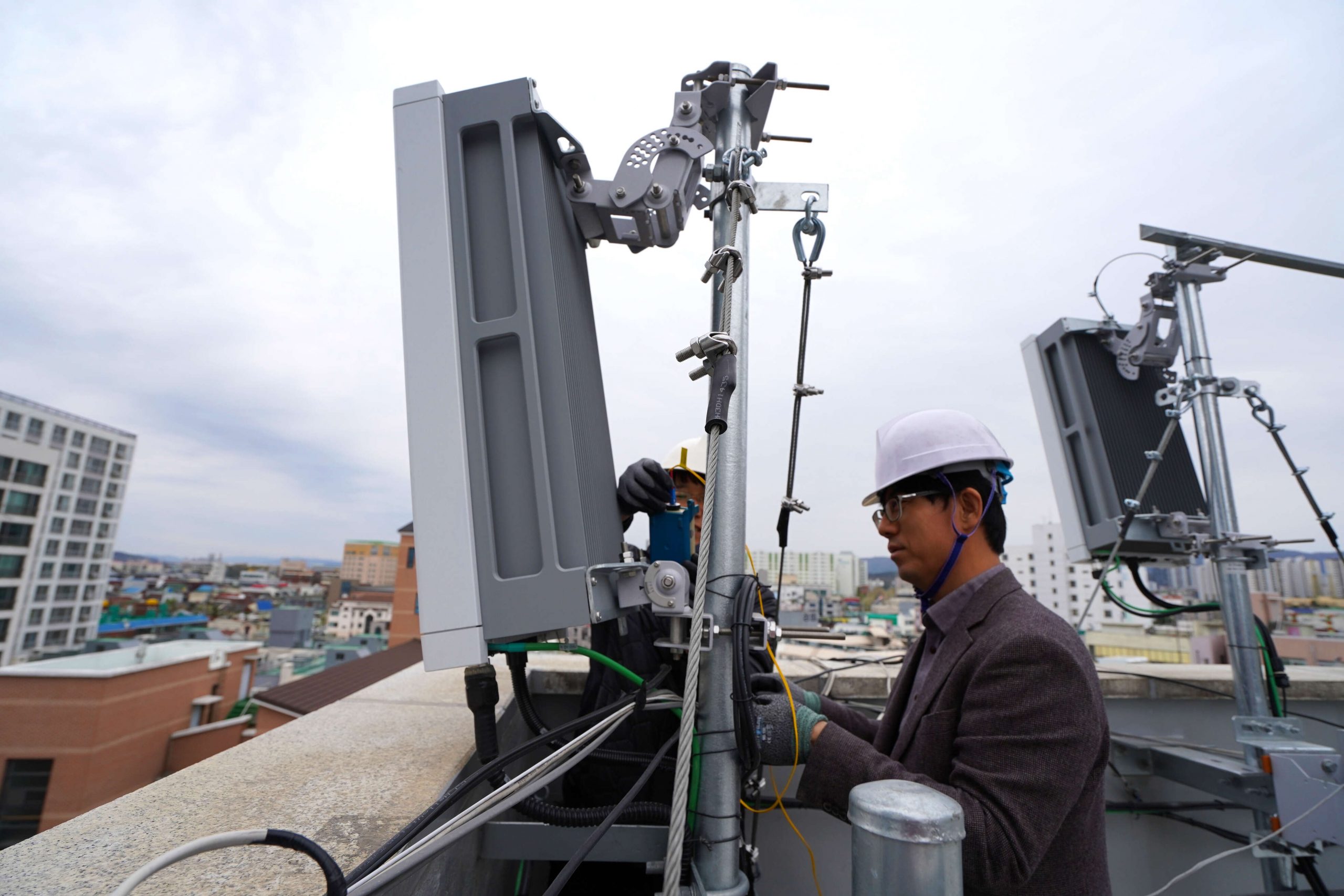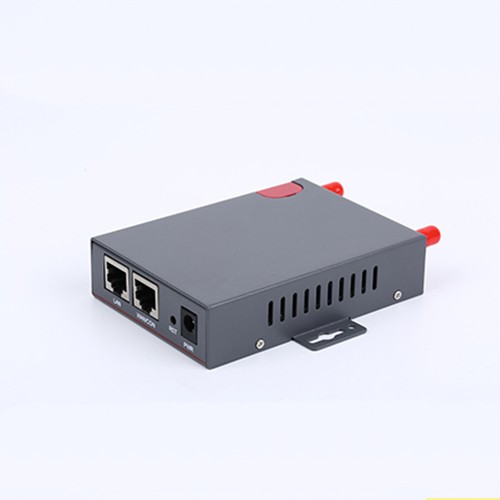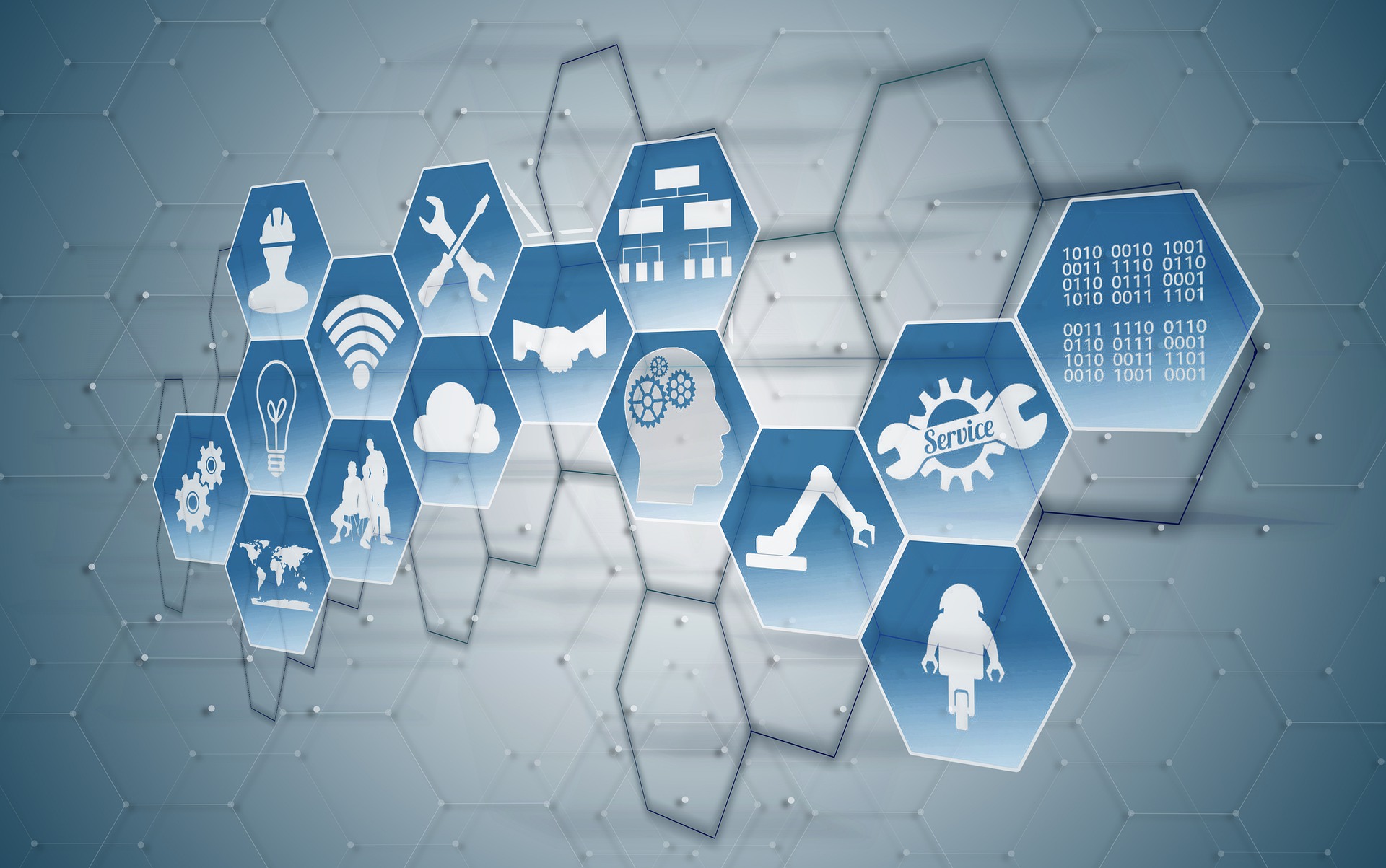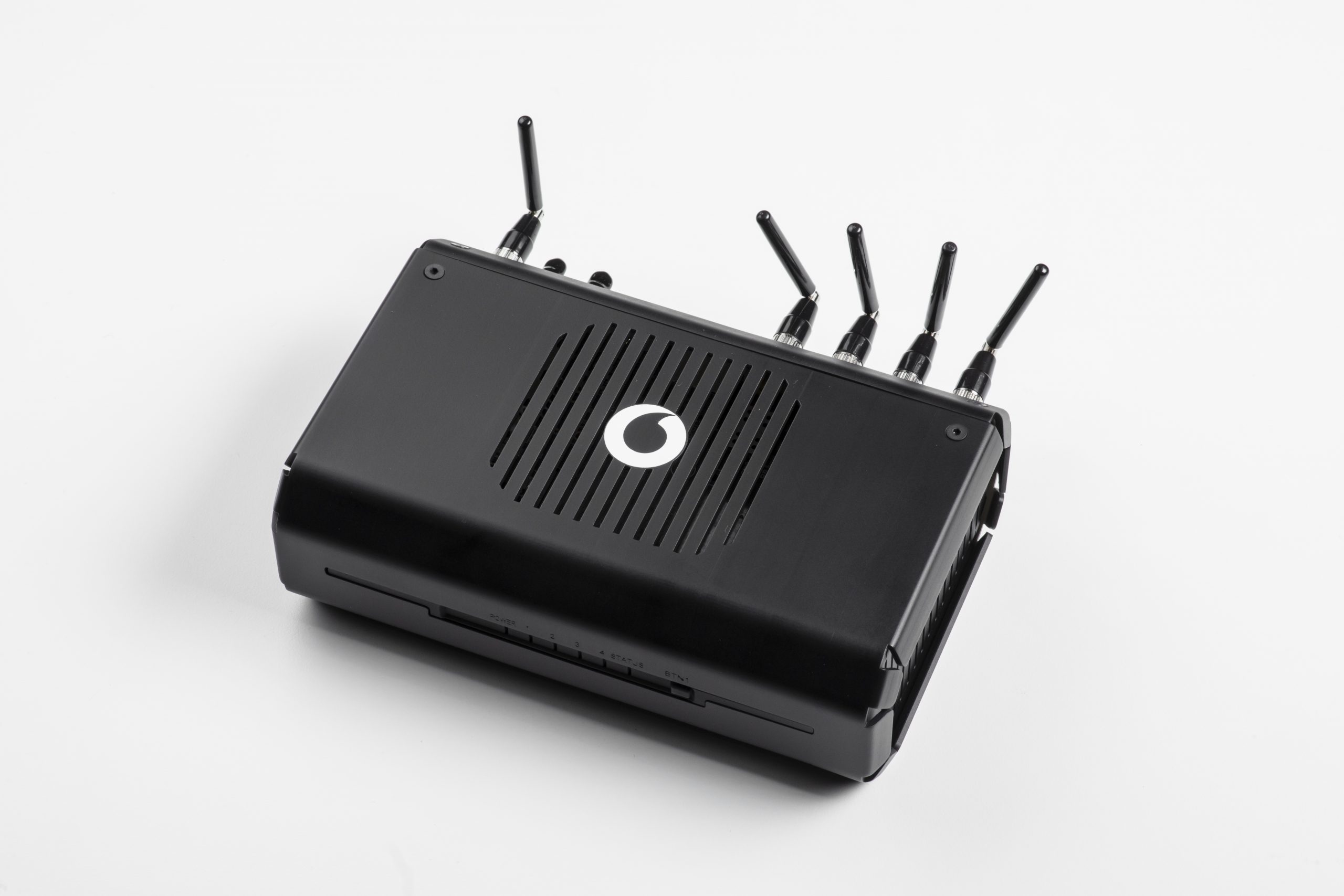Tidy productions also benefit from 5G location technology. (Image: Archive)
Tools, machines or material supplies: In large companies, it is not always easy to keep track of all assets. Trumpf is now using a positioning technology solution in a 5G campus network for this purpose.
Modern production facilities can no longer be compared to the workshops of earlier times. Spotlessly polished floors, tidy manufacturing cells and fixed parking spaces for material flow units characterize the picture. Nevertheless, it is a challenge for larger companies, facility managers and maintenance staff to keep track of the many different assets.
Machine builder Trumpf is now using a system that determines the position of objects in production halls and warehouses in real time. In the future, the indoor localization solution will avoid time-consuming searches in factory halls and make manufacturing and logistics processes more efficient and easier to plan.
“The cooperation between Trumpf and Deutsche Telekom vividly demonstrates the synergies that are unleashed when leading companies in innovation-driving industries work together.”
Claudia Nemat, Chief Technology and Innovation Officer at Deutsche Telekom.
As part of a joint project, Deutsche Telekom and Trumpf are operating the localization technology solution in a 5G campus network. In the future, companies will be able to set up their localization systems flexibly and cost-effectively with this 5G-supported ultra-broadband technology and adapt them to their production. The plan is to jointly market the product next year.
“Germany as an industrial location occupies a leading position worldwide in mechanical and plant engineering. As a leading user and leading provider of digitally networked solutions, we can further expand this role. Strong, cross-industry partnerships like this are the key to achieving this,” says Peter Leibinger, Chief Technology Officer and Vice Chairman of the Executive Board at Trumpf.
Locating to the centimeter
For real-time location of objects on a factory floor, moving objects such as pallets or industrial trucks are fitted with tags that emit ultra-wideband (UWB) radio waves. Receivers, also called satellites, use these radio waves to locate the position with an accuracy of up to 10 to 30 cm. What makes this technology so special is that it is based on the Omlox standard. This means that terminal devices from different manufacturers can be combined and used together. The UWB positioning solution is particularly suitable for demanding industrial applications.
5G-flexible manufacturing
Data from Omlox satellites has previously been transmitted via fixed cabling. However, flexible production, especially for small batch and prototype production, requires regular changes in manufacturing and assembly concepts. The IT infrastructure, including the localization system, must also be able to be adapted accordingly. But until now, the fixed cabling hindered such short-term adaptation. The solution now being tested by Telekom and Trumpf instead uses a mobile 5G campus network to transmit data from the satellites – with the same good performance. This allows the localization infrastructure to be installed and repositioned within a factory floor at lower cost and with less effort.
Omlox standard on the edge cloud
The jointly implemented solution uses the 5G campus network to transmit data to an edge cloud service from T-Systems. In the local cloud, edge computing is used to calculate the position of the transmitter, for example in a production hall. The position is made available to customer applications via the standardized Omlox software interface. This can be, for example, a visualization on a map or the digital 3D replica of the production hall (digital twin). Omlox stands for “Open Location Standard” and is an interoperable standard for industrial location solutions. This standard enables the localization of forklifts, drones, automated guided vehicles or tools from different manufacturers with just one infrastructure. Position data can thus be used much more broadly in the factory. Even inside buildings, users can locate equipment with high precision.
Parts of this text were translated with www.deepl.com









Leave A Comment